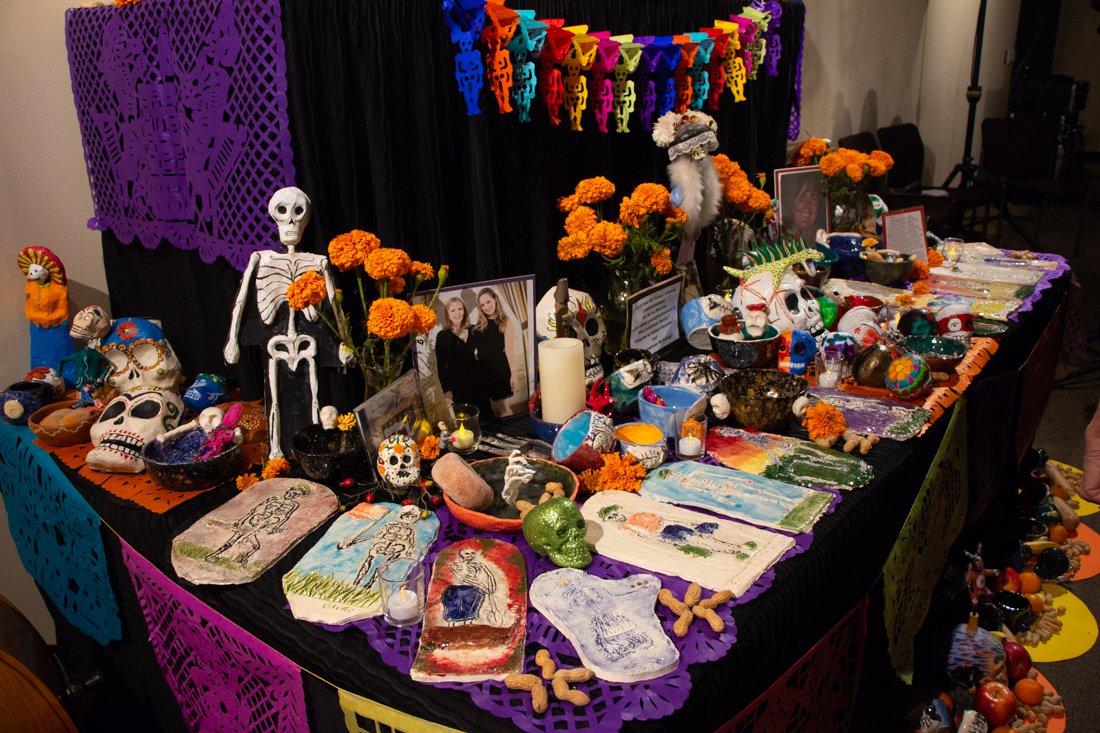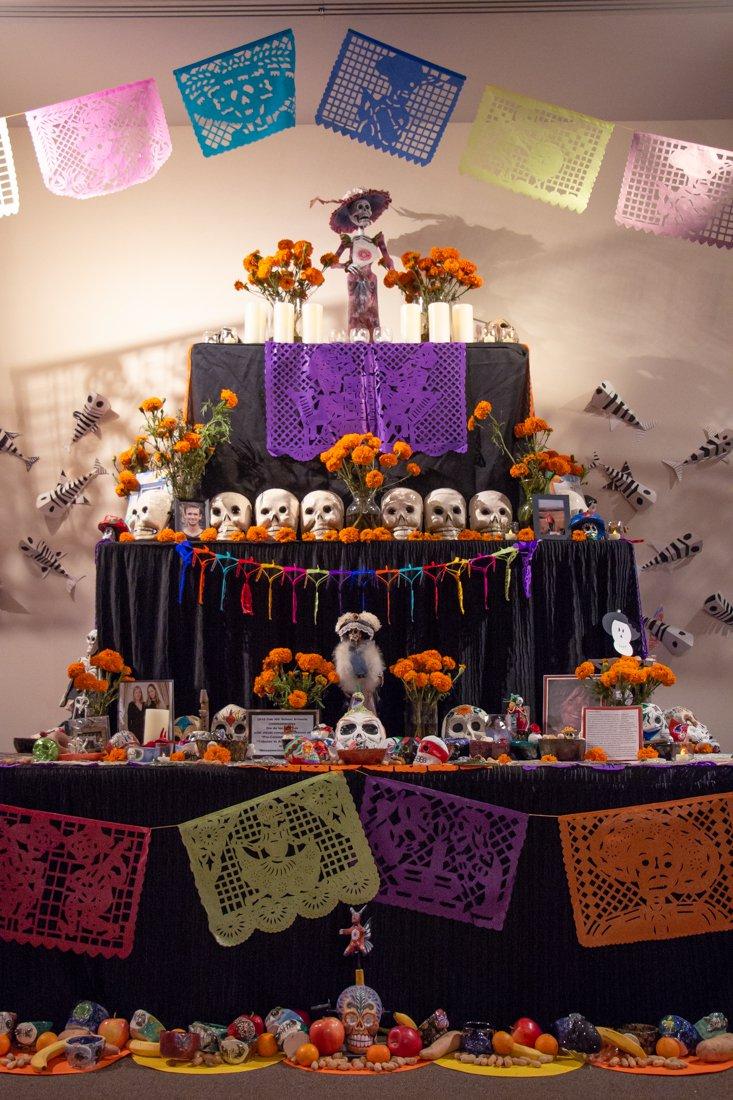Deady Hall opened in 1876 and was named for Judge Matthew P. Deady, president of the State Board of Regents.
Imagine it’s 1876 and students at the newly opened University are on their way to class. In their hands are not math or science books, but stacks of wood used to heat the building: before indoor heating was invented, all students were required to bring a stack of wood to class.
And it all started with Deady Hall, the first building to be established at the University.
On Oct. 16, 1876, the University opened its doors to 177 students and just four faculty members, all co-existing in Deady Hall. Many years have passed since the days of wood stoves, and since then the whole campus has grown up and out.
There is a lot of history that goes with the old stone structure, including many things that most people don’t know. The familiar Deady Hall is now home to many math classes and math professor offices, and the campus now spans a much bigger vicinity.
When the campus opened, Deady Hall was named in honor of Judge Matthew P. Deady, who was a member and president of the State Board of Regents from 1873 to 1893. He also co-authored Oregon’s state Constitution, its first criminal procedure code and the Oregon Civil Code. Deady Hall was a gift from the residents of Eugene and Lane County to the University’s founders.
At that time, campus life was very different from today. For instance, women were required to walk up the east staircase of Deady Hall because the Board of Regents was afraid female ankles would show. Men, accordingly, had to use the west staircase.
The custom eventually faded, however, and today an elevator provides easy access for everybody traveling to different floors. With the steep and narrow staircases winding throughout the building, the state had to do something to make it handicap-accessible. But in 1977 Deady Hall was dubbed a historical landmark, preventing changes to the structure’s façade, so workers were forced to drill through the stone and insert the elevator through the floors.
Math Professor Peter Gilkey said a tradition formed soon after the construction. Faculty members saved the stone bricks that were removed; when one of the faculty retires, the individual receives a piece of brick from the building.
Some students who visit the building may be confused by the room numbering, but Gilkey offered a simple explanation. Some rooms, such as the Charley R. B. Wright Seminar Room, have bisected floors with lower ceilings than other rooms.
“Deady Hall originally had only three floors but this was changed when they were bisected to make more office and classroom space,” Assistant Archivist Sharla Davis said.
Now, the floors start with a basement, and include 1, 1M, 2, 2M, and 3. Some of the rooms have much higher ceilings than others. The reconstruction threw off the numbering system, but officials didn’t want to renumber the floors, Math Department Undergraduate Secretary Erica Whitty said.
Other faculty members said Deady Hall’s obvious antique appeal makes it very interesting. They say that, just looking up from the outside, the hall has an overwhelming power. And with its highly arched staircases set on the west and east, they said, it has a distinctive look from other buildings on campus.
“It’s a beautiful building that I hope everyone appreciates,” Davis said.
Richelle Riddle is a freelance reporter for the Emerald.






